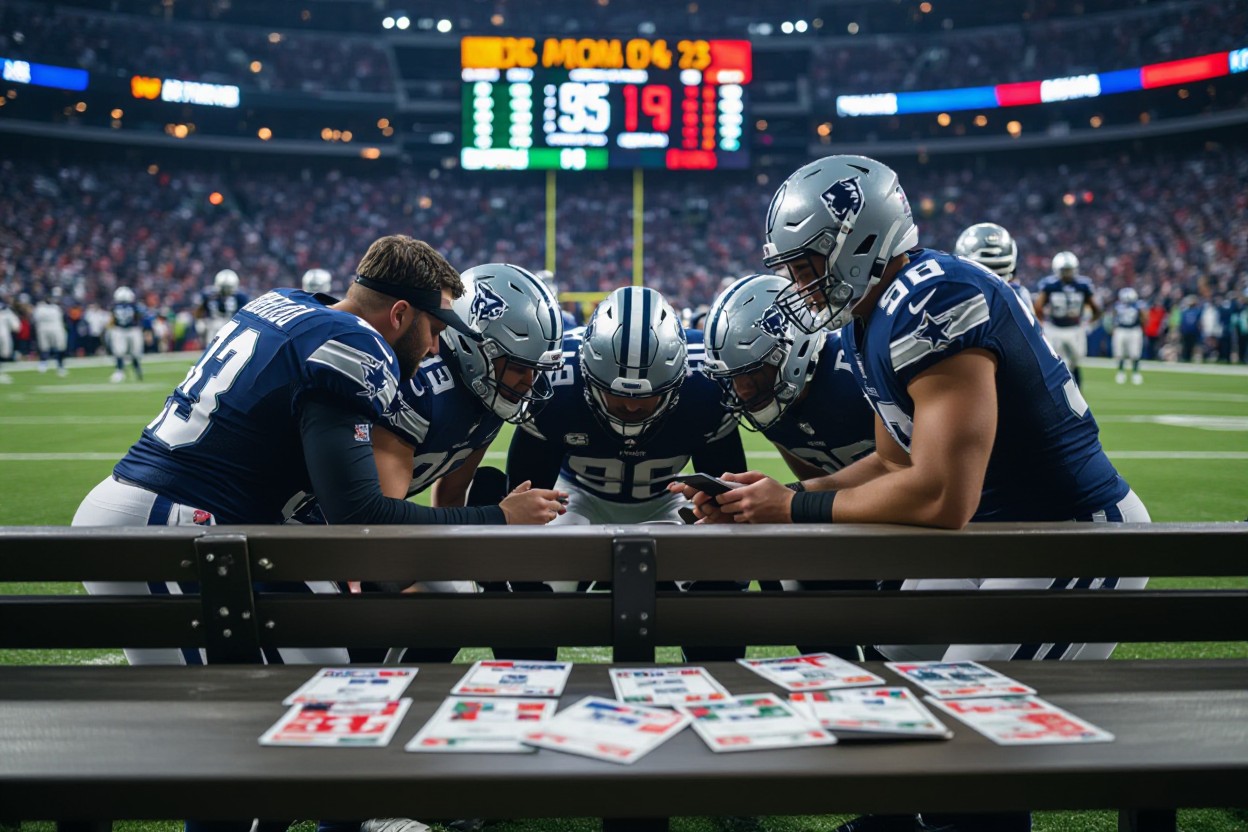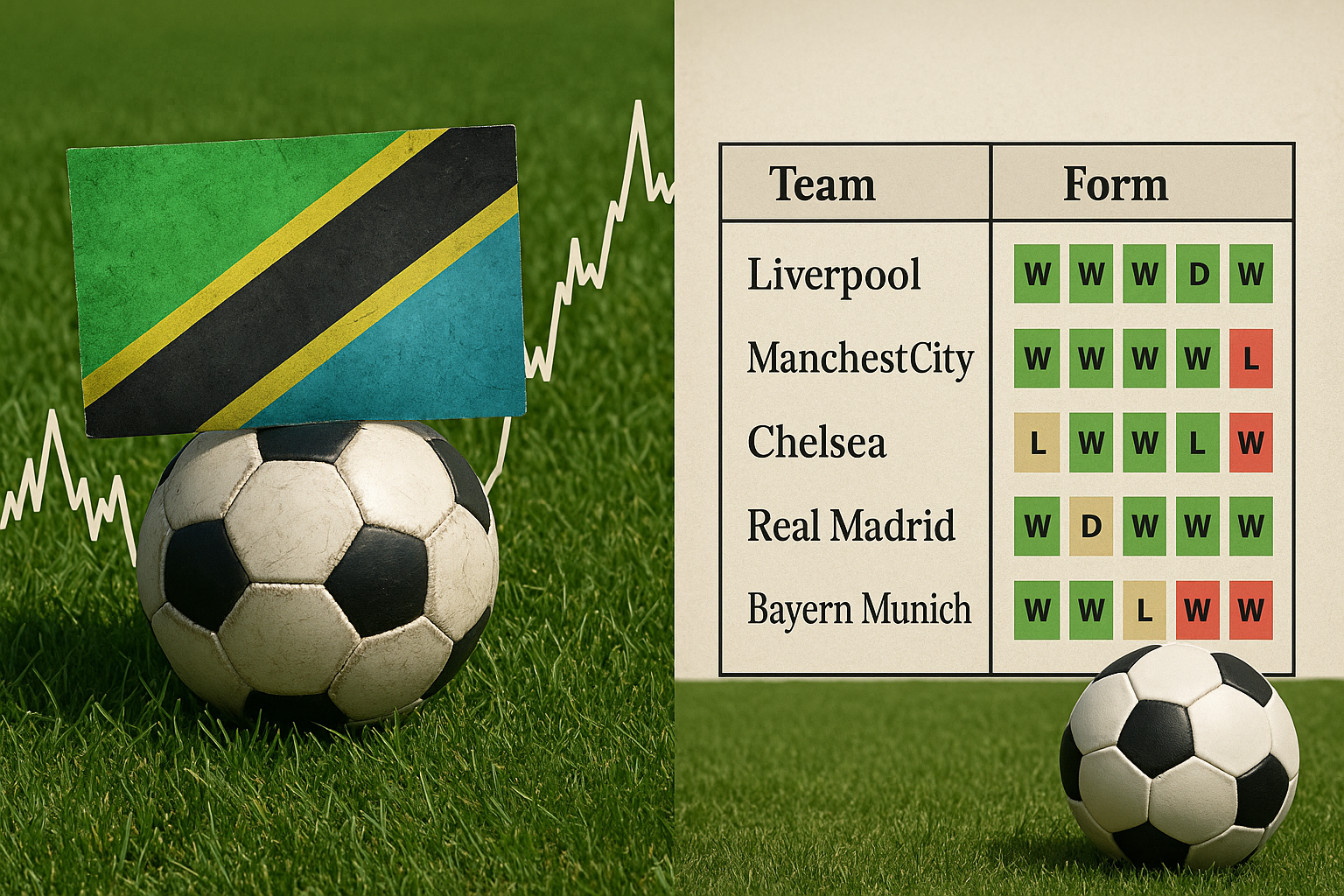There’s a fine line between being a masterful bluffer and losing your entire stack in poker. Your success at the table often depends on knowing exactly when to deceive your opponents and when to back away. While bluffing can be your most powerful weapon to win pots without premium hands, it can also be your fastest route to bankruptcy if used carelessly. You’ll need to consider multiple factors like table dynamics, opponent tendencies, and your own table image before deciding to pull the trigger on a bluff.
The Psychology of Bluffing
A successful bluff relies more on psychology than on the cards in your hand. Understanding how your opponents think and react allows you to manipulate their decisions effectively. Your ability to read players and control your own tells can make the difference between a profitable deception and a costly mistake.
Understanding Your Opponents
Bluffing becomes more effective when you carefully observe your opponents’ patterns and tendencies. You need to identify their playing style, risk tolerance, and emotional state. Conservative players make better bluffing targets than loose aggressive ones. Watch for signs of tilt or frustration, as these emotions can make your opponents more susceptible to bluffs.
The Importance of Table Image
About your table image: it’s the perception other players have of your playing style. Building a tight, conservative image makes your bluffs more credible. When others see you as a solid player, they’re more likely to respect your bets and fold to your bluffs.
Psychology plays a vital role in maintaining your table image. Your betting patterns, timing, and physical demeanor must align with the image you’re projecting. Inconsistent behavior can expose your bluffs and damage your reputation at the table. By carefully managing your image, you create more profitable bluffing opportunities while reducing the risk of being called.
When to Bluff
Any successful poker strategy must include well-timed bluffs. You need to maintain a balanced playing style where your betting patterns don’t give away whether you have a strong or weak hand. Your bluffs should represent approximately 25-30% of your betting actions to keep opponents guessing and maximize your winning potential.
Recognizing the Right Situations
When you’re considering a bluff, evaluate the table dynamics carefully. Your bluff has better chances of success against fewer opponents, tight players, and those who can fold strong hands. You should also consider the board texture – unconnected cards with few drawing possibilities make more convincing bluff opportunities than coordinated boards with multiple possible draws.
Choosing the Right Timing
Before executing a bluff, assess your table image and position. Your previous plays directly impact your bluff credibility. If you’ve been caught bluffing recently, your opponents are more likely to call you down. The late position gives you more information and control over the hand, making it a preferred spot for bluffing.
A well-executed bluff requires careful consideration of your bet sizing. Your bet should tell a consistent story throughout the hand and match what you would bet with the hand you’re representing. If you’re portraying strength, your betting pattern needs to align with how you’d play a strong hand in that situation. Mismatched bet sizes can alert observant opponents to your bluffing attempts.
Types of Bluffs
Your success in poker largely depends on mastering different types of bluffing techniques. From pure bluffs with no chance of winning to semi-bluffs with potential drawing hands, each strategy serves a specific purpose at the poker table. This comprehensive guide will help you identify and execute various bluffing methods effectively.
| Bluff Type | Best Used When |
|---|---|
| Pure Bluff | Weak opponents, tight tables |
| Semi-Bluff | Drawing hands, multiple outs |
| Continuation Bluff | Pre-flop aggressor position |
| Position Bluff | Late position, weak opponents |
| Double Barrel | Strong board texture, scared money |
The Pure Bluff
Along with being the most risky betting strategy, pure bluffs involve betting or raising with a hand that can only win if your opponents fold. You’re necessaryly representing a strong hand when you hold nothing. This technique requires perfect timing and keen observation of your opponents’ tendencies.
The Semi-Bluff
Pure bluffing evolves into a more sophisticated strategy with semi-bluffs, where you bet with a hand that might not be the best right now but has potential to improve. You can win either by forcing your opponents to fold or by hitting your draw on later streets.
Considering the dual nature of semi-bluffs, they offer you a safer bluffing option compared to pure bluffs. When executed with drawing hands like flush draws or straight draws, you maintain equity in the pot even when called. This makes semi-bluffs particularly profitable in the long run, as you’re not solely relying on fold equity to win the hand.
The Risks of Bluffing
Keep in mind that bluffing is a double-edged sword in poker. While successful bluffs can significantly boost your stack, failed attempts can be devastating. Your bluffing frequency directly impacts your table image and future playing opportunities. Understanding the balance between risk and reward helps you make informed decisions about when to pull the trigger on a bluff.
Potential Pitfalls
At the poker table, overconfidence can be your worst enemy. Your opponents might catch on to your bluffing patterns, leading to costly calls. You also risk developing predictable tendencies that skilled players will exploit. Being labeled as a frequent bluffer can damage your long-term profitability and make it harder to get paid off when you actually have strong hands.
Managing Your Bankroll
Risks associated with bluffing can quickly deplete your bankroll if not properly managed. You should limit your bluff attempts to 25-30% of your plays and ensure each bluff has a clear purpose. Your bankroll management strategy needs to account for the variance that comes with aggressive play styles.
In fact, your approach to bankroll management while bluffing should be more conservative than when playing straightforward poker. You need at least 20 buy-ins for your chosen stake level if you plan to incorporate regular bluffs into your strategy. This buffer helps you weather the inevitable downswings and maintain emotional stability when bluffs go wrong.
Reading Your Opponents
Now you need to master the art of observing your opponents’ behavior patterns to make informed decisions about when to bluff. Pay attention to their betting patterns, timing tells, and physical mannerisms. Your success in bluffing heavily depends on your ability to accurately interpret these signals. Watch for inconsistencies in their play style and capitalize on moments when their actions don’t align with their typical behavior.
Identifying Weakness
Between the countless tells players exhibit, you should focus on spotting signs of uncertainty and hesitation. Weak players often take longer to make decisions, frequently check their hole cards, or display nervous habits. When you notice these behaviors, particularly from typically aggressive players, you’ve found an ideal opportunity to execute a well-timed bluff.
Gauging Reaction to Bluffs
Reading your opponents’ responses to your bluffs provides valuable information for future hands. If a player folds quickly to your bluff, they’re likely to do so again. Watch for signs of frustration or discomfort when players fold, as these reactions often indicate vulnerability to future bluffs.
At the poker table, you must continually evaluate how different players react to various betting sizes and timing. Players who show immediate discomfort when facing large bets are prime targets for future bluffs. Take note of which opponents respect your aggression and which ones are more likely to call you down. This information becomes your roadmap for executing successful bluffs in subsequent hands.
Strategies for Effective Bluffing
For successful poker bluffing, you need to master several interconnected elements. Your ability to read opponents, control table image, and select optimal spots will determine bluffing effectiveness. Understanding betting patterns, managing your frequencies, and maintaining composure under pressure are important skills you must develop.
Building a Story
Around your bluff, you must construct a believable narrative through your betting actions. Your bet sizing should remain consistent with the hand you’re representing. Making your story convincing means your actions on every street must align logically, as experienced players will spot inconsistencies in your betting pattern.
Leveraging Position
Before attempting a bluff, you must evaluate your table position. Late position offers more opportunities to bluff effectively, as you’ll have gathered maximum information about your opponents’ actions. Your position relative to aggressive players can significantly impact your bluffing success rate.
Effective position play amplifies your bluffing power by giving you more control over the pot size and better insight into opponents’ ranges. When you’re last to act, you can capitalize on signs of weakness and apply maximum pressure at the right moment. Your positional advantage lets you make more informed decisions about when to continue or abandon your bluff.
Final Words
Upon reflecting, your success in poker bluffing hinges on reading situations accurately and knowing your opponents’ tendencies. You’ll find that selective aggression, paired with positional awareness, creates the most profitable bluffing opportunities. Your ability to maintain composure and stick to a consistent betting pattern will make your bluffs more convincing. When the odds aren’t in your favor or you face a particularly observant player, folding becomes the prudent choice. By mastering the balance between strategic bluffing and disciplined folding, you’ll elevate your poker game to new heights.



